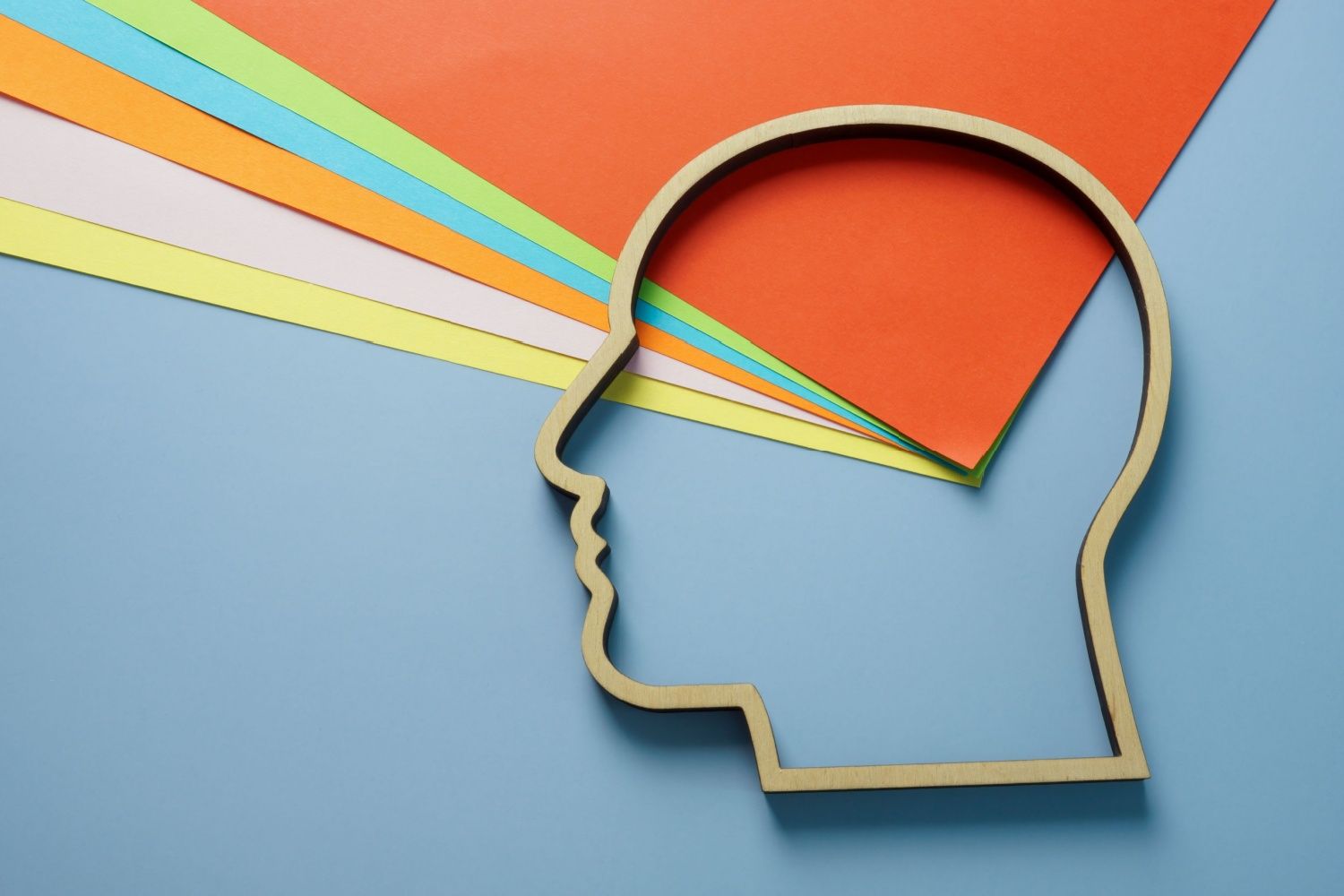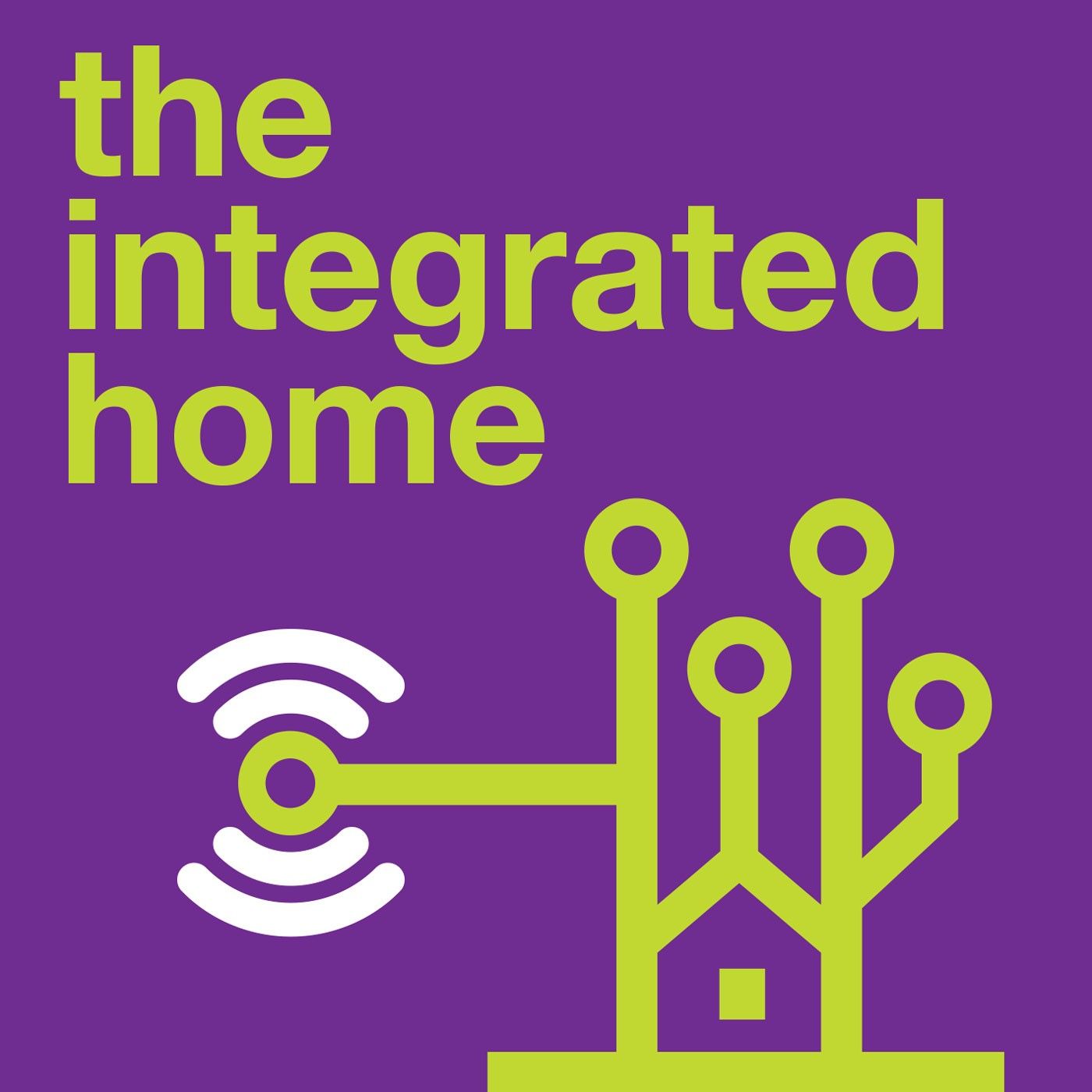
How AV innovation is shaping inclusive, intelligent workspaces
ISE InsightsOne such company is HOK, whose Director of Thought Leadership, Interiors, Kay Sargent, was an inspirational speaker on the Technology Stage at InfoComm 2025 in Orlando. Kay’s presentation, Designing Neuroinclusive Workplaces, spotlighted a compelling vision: one where generative AI, immersive collaboration tools, and adaptive environments converge to support every individual – regardless of ability, background, or work style.

Neurodiversity refers to the natural variations in how people think, learn, and process information. It encompasses conditions such as autism, ADHD, dyslexia, and other cognitive differences. Rather than viewing these as deficits, the neurodiversity movement recognises them as part of the spectrum of human experience – each bringing unique strengths and perspectives. In workplace design terms, this means providing environments that accommodate a wide range of sensory, social, and cognitive needs, ensuring that everyone can contribute and thrive.
During her session at InfoComm, Kay underscored how AV is no longer just about displays and speakers – it’s about experience design. It’s about creating spaces that adapt to people, not the other way around. Whether it’s AI tools that support neurodivergent employees, or immersive environments that foster creativity and collaboration, these solutions are redefining what it means to be productive and included. “When you design for the extreme, you benefit the mean,” Kay emphasised.
She highlighted a dozen ways in which generative AI is already supporting neurodivergent individuals in the workplace – from streamlining task management and enhancing communication to enabling emotional regulation and inclusive recruitment. These tools are not just futuristic concepts; they are also practical solutions being implemented today. AI-driven transcription, adaptive training programmes, and personalised soundscapes that reduce sensory overload are helping employees navigate complex environments with greater ease and confidence.
In short, the future of work is being designed with empathy and intelligence at its core.
One of the most powerful messages from her presentation is that access doesn’t equal inclusion. True inclusion requires intentional design – of both physical and digital spaces. It requires tools that not only enable participation but also enhance well-being, creativity, and emotional resilience. And it requires a community of innovators committed to making that vision real.
Moreover, the emphasis on emotional resilience and creative freedom underscores a broader shift in workplace design – one that values psychological safety as much as physical accessibility. By integrating AI with behavioural science and user-centric design, AV professionals are crafting environments that empower individuals to thrive.
This is just one example of the kind of innovation that comes to life at Integrated Systems Europe (ISE) – the world-renowned annual tech show for AV and systems integration. Held in Barcelona, ISE is where the global AV community gathers to explore the technologies transforming how we live, work, and connect. Attendees can experience firsthand the platforms and products that power these transformations – from spatial audio and intelligent lighting to AI-driven analytics and inclusive UX design. It’s a place where architects, technologists, integrators, and end-users come together to co-create the future.
Stay informed!
ISE 2026 takes place in Barcelona on 3-6 February 2026. For more updates on smart spaces, and to discover more about ISE 2026 as details are released, sign up for updates.
Don't miss out – join our community today and keep up to speed with all the latest industry trends.



)
)
)
)
)
)
)
)
![[inst]ALLICHT](https://cdn.asp.events/CLIENT_Integrat_169E7B04_E6F3_39F6_8BE4DB27C54F731E/sites/ise-2025/media/libraries/partners/Inst_Allicht_Logo.png/fit-in/500x500/filters:no_upscale())
)
)
)
)
)
)
)
)
)
)
)
)

)
)
)
)
)
)
)
)
)
)
)
)
.png/fit-in/500x500/filters:no_upscale())
)
)
)
)
)
)
)
)
)
)
)
)
)
)
)
)
)
)
)
)
)
)
)
)
)
)
)
)
)
)
)
)
)
)
)
)
.png/fit-in/500x500/filters:no_upscale())
)
)
)
)
)
)
)
)
)
)
)
)
)
)
)
)
)
)
)
)
)
)
)
)
.png/fit-in/500x500/filters:no_upscale())
)
)
)
)
)
![rAVe [PUBS]](https://cdn.asp.events/CLIENT_Integrat_169E7B04_E6F3_39F6_8BE4DB27C54F731E/sites/ise-2025/media/libraries/partners/rAVe-PUBS-Google-Logo.png/fit-in/500x500/filters:no_upscale())
)
)
)
)
)
)
)
)
)
)
)
)
)
)
)
)
)
)
)
)
)
)

)
)
)
)
)
)
)
)
)
)
)
)